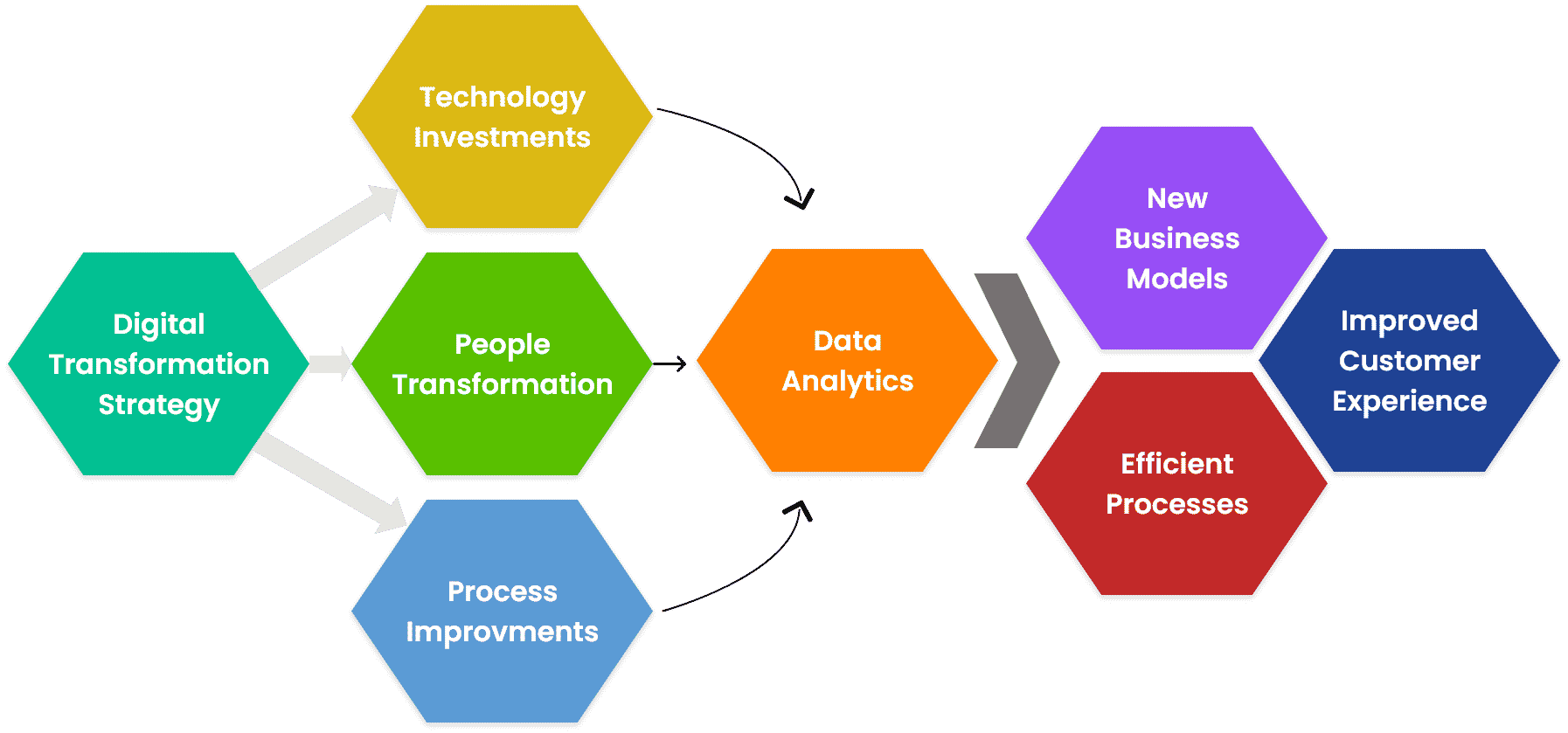Digital technology is transforming workplaces and Learning and Development (L&D) departments rapidly. HR technology and learning and development transformation must also use technology to expand and train a dispersed workforce more efficiently and effectively. Artificial intelligence (AI) and automation may require employees to reskill or upskill their technological knowledge and capabilities.
Digital Transformation: What is it?
People usually think of new products and services created using technology when people think of digital transformation. But you should know that digital transformation is more than that. The goal of digital training and development is to make businesses more flexible and competitive.
The world is constantly changing, as is technology and customer demand. This has resulted in profound and fundamental changes. Yet, despite the rapidly changing business landscape and the resulting innovation pressure, many professionals are still hesitant to act because successful transformation requires a new business culture.
Creating an organization that is constantly learning and evolving can be difficult. But acquiring the right skills in Learning & Development is critical to speeding up the digital transformation.
It is also wise to create a learning-friendly culture and ensure the organization’s survival in times of digital transformation. Finding, evaluating, and selecting appropriate material is critical to creating cohesive programs.
Wrapping Up
Your company’s digital transformation goals must be aligned with L&D initiatives and programs. Make a plan for how you’ll accomplish it by constantly implementing, testing, and learning. Most importantly, consider how capable your employees’ technology skills are of implementing and managing modern tools.
Digital workplace learning transformation is only worthwhile if it results in the desired changes in employee behavior and helps the company meet its objectives.
Contact us today to see how we can assist L&D in navigating the digital transformation waters.












